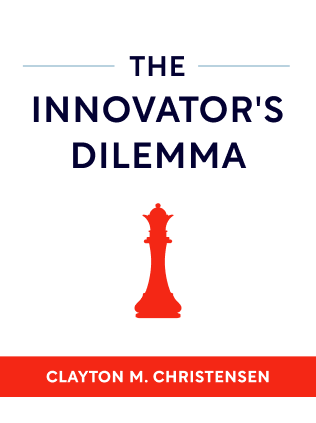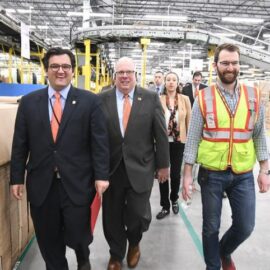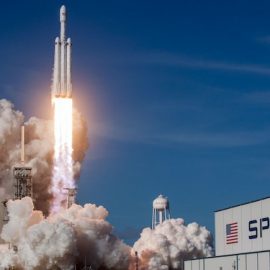

This article is an excerpt from the Shortform summary of "The Innovator's Dilemma" by Clayton M. Christensen. Shortform has the world's best summaries of books you should be reading.
Like this article? Sign up for a free trial here .
What are sustaining innovations? How does sustaining technology help existing companies?
Sustaining innovations are technological improvements that build on what already exists. Sustaining innovation examples include improved models of computers or phones—the market is the same but you might capture a greater share.
Read on to understanding sustaining innovations.
What Are Sustaining Innovations?
Sustaining innovations simply improve upon the performance of the industry’s existing products, thus catering to the established market. This represents the majority of technological advancements in any industry. Most companies that produce goods follow a fairly consistent trajectory of improving their products: They adopt technological advancements as they become available, and they release updated versions of their products with the new improvements. These updates are sustaining innovation examples.
Some sustaining innovations are simple changes, while others are technologically complex. Regardless, no matter how complicated the change, established companies almost always lead their industries in producing and marketing sustaining innovations.
Curves and Sustaining Innovations
Some businesses use the technology S-curve framework to determine when to adopt innovations—but the S-curve framework only applies to sustaining innovations that replace products within the same value network.
When a technology is first developed, progress is slow and the slope of the S-curve is gradual. Then, the slope steepens as improved understanding and engineering bring rapid progress. Finally, the slope nearly plateaus as technology has been improved and refined so much that progress slows significantly.
When a new sustaining technology emerges, the S-curves of the old and the new technologies overlap: The new technology is in the early acceleration stages while the old technology begins to plateau. The most successful companies transition from the old to the new technology at the moment that the two curves intersect, shown on the graph. The companies that do this best are the established firms.
Established Firms Double-Down
Based on customer input, established firms’ marketing teams not only discourage executives from pursuing disruptive technologies, but they also push for increased effort on sustaining technology to improve existing products.
Example: Seagate compared the market forecasts for 5.25-inch and 3.5-inch drives. The 5.25-inch models with 60-100 MB capacities were projected to bring in 35-40 percent gross profit margins. On the other hand, the 3.5-inch drives had an unknown profit projection—plus, the company’s existing 20 MB-capacity drives brought merely 25-30 percent gross margins. Using these comparisons, Seagate upped production of new-and-improved 5.25-inch models.
Sustaining Innovation Examples: Quantum Corporation
In the early 1980s, Quantum Corporation was a dominant manufacturer of 8-inch disk drives, which were used in minicomputers. When 5.25-inch drives disrupted the market, the company was nearly four years late to market its own 5.25-inch product.
When Quantum employees saw the next disruption coming, they didn’t want to be behind the curve yet again. The employees left Quantum and formed their own startup to make and sell 3.5-inch drives.
Quantum saw an opportunity: Instead of merely letting the employees walk away, Quantum financed and held 80 percent ownership of the startup, called Plus Development Corporation.
Besides the financial ties, Plus Development was completely independent—from its locations to its executives. The firm had a lot of success, which was a lifesaver to Quantum as the sales of its 8-inch and 5.25-inch drives dissipated over time.
After several years, Quantum bought out Plus Development and basically turned the startup into its main operation. As time went on, Quantum successfully adopted subsequent sustaining technologies and, by 1994, was the largest unit-volume disk drive manufacturer in the world.

———End of Preview———
Like what you just read? Read the rest of the world's best summary of Clayton M. Christensen's "The Innovator's Dilemma" at Shortform .
Here's what you'll find in our full The Innovator's Dilemma summary :
- Christensen's famous theory of disruptive innovation
- Why incumbent companies often ignore the disruptive threat, then move too slowly once the threat becomes obvious
- How you can disrupt entire industries yourself






